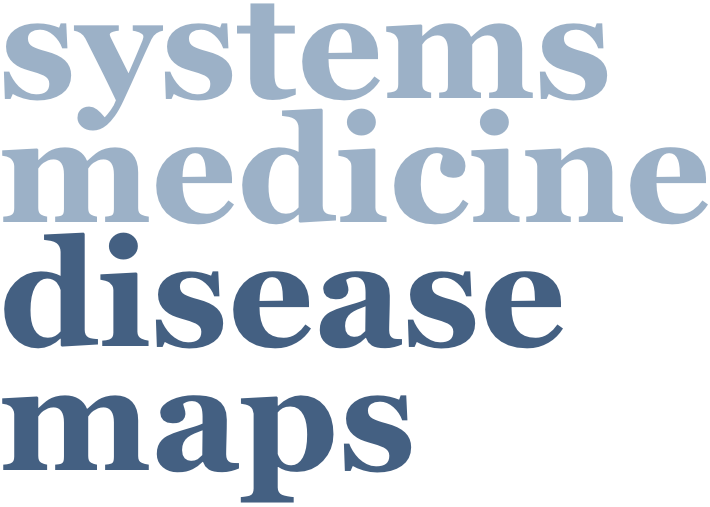
Glossary
Entity (or map entity), a map element that represents, for example, different classes of material entities in PD: metabolite, protein, RNA, gene, multimer or complex. In AF it represents the corresponding activities.
Curation (or map curation), a process of selecting, organising and integrating information from scientific literature and databases to build a representation of a biological system.
Disease map, a conceptual model of disease mechanisms represented in a standard format as a network that consists of interconnected pathway diagrams relevant to a specific disease.
Interaction, a connection between two or more entities on a diagram. For example, a connection between two proteins. In AF it is represented by one directed edge, and in PD it is represented by a process.
Module, in the context of this review – a comparatively small part of a diagram, a high-quality, self-contained, reusable component that is individually easier to build and update.
Modularity, a desired property of networks towards easier management, reusability, composability and compatibility with similar projects. Process, a dedicated glyph in the PD language. It has one or several consumption inputs and one or several production outputs, and optionally – regulatory inputs. An example of a process of a metabolic reaction with one or more substrates and one or more products with an enzyme as the regulatory element.
Reconstruction, the process of building a biological network to reflect available knowledge about a biological system.
Submap, the term used within the MINERVA Platform – a separate diagram that is a part of a hierarchically-organised map. Normally, a resource has an entry-point map that leads to the sub-pathways included in the resource.